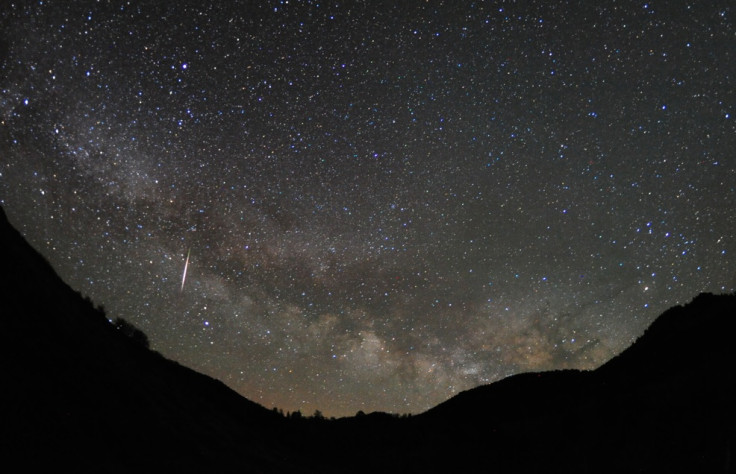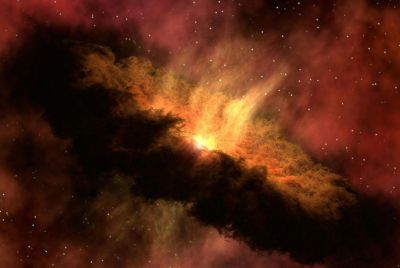Lyrids Meteor Shower 2014 Peaks Tonight: Where to Watch Shooting Stars Online

The annual Lyrids meteor shower is expected to reach a peak of approximately 15 to 20 meteors per hour on the night of 22 April and the morning of 23 April.
Lyrids, which began appearing on the night skies as early as 16 April and will continue producing meteors until 25 April, have been observed for more than 2,600 years. Lyrids are actually pieces of debris from comet Thatcher.
The Lyrids meteor shower happens in mid-April of each year when Earth passes through the stream of debris from the comet.
Watch Lyrid Meteor Shower 2014 Online
The best time to view the Lyrid meteor shower at peak is between midnight and dawn, according to Nasa's astronomer Bill Cook.
Viewing may get difficult with the rise of waning moon but the brighter streaks are unlikely to faint in moonlight.
"The third quarter moon rises an hour past midnight, brightening the sky. But the moon will only obscure the fainter meteors. Luckily, the Lyrids are known to produce bright meteors, many with persistent trains," Nasa said in a statement.
The meteor shower can be viewed from anywhere in the Northern Hemisphere should the local weather conditions permit clear skies.
The UK Met Office forecasts partly cloudy night in London on 22 and 23 April while the nights of 24 and 25 April are predicted to be completely cloudy with light shower expected on Friday night, when the Lyrid meteor show will get over.
Londoners and sky watchers at places elsewhere with bad weather forecast can still view the annual celestial show online.
The Lyrid meteor shower can be viewed online from across the world through Nasa's live Ustream feed. The feed shows the skies over Huntsville in Alabama, United States. The feed goes live at 8.30 pm EDT on 22 April (12.30 am BST on 23 April) to capture the shooting stars live.
Watch Lyrids meteor shower 2014 over Huntsville skies online here.
Robotic telescope service Slooh is also providing live viewing of the meteor shower on the web through its telescope that shows skies above the Canary Islands. The webcast begins at 8 pm EDT (12.00 BST on 22 April).
Watch the Slooh live stream of Lyrids meteor shower here.
Live pictures or videos of the meteor shower can also be search on Twitter via #lyridsmeteor (read hash tag) or at @NASA.
© Copyright IBTimes 2025. All rights reserved.




















